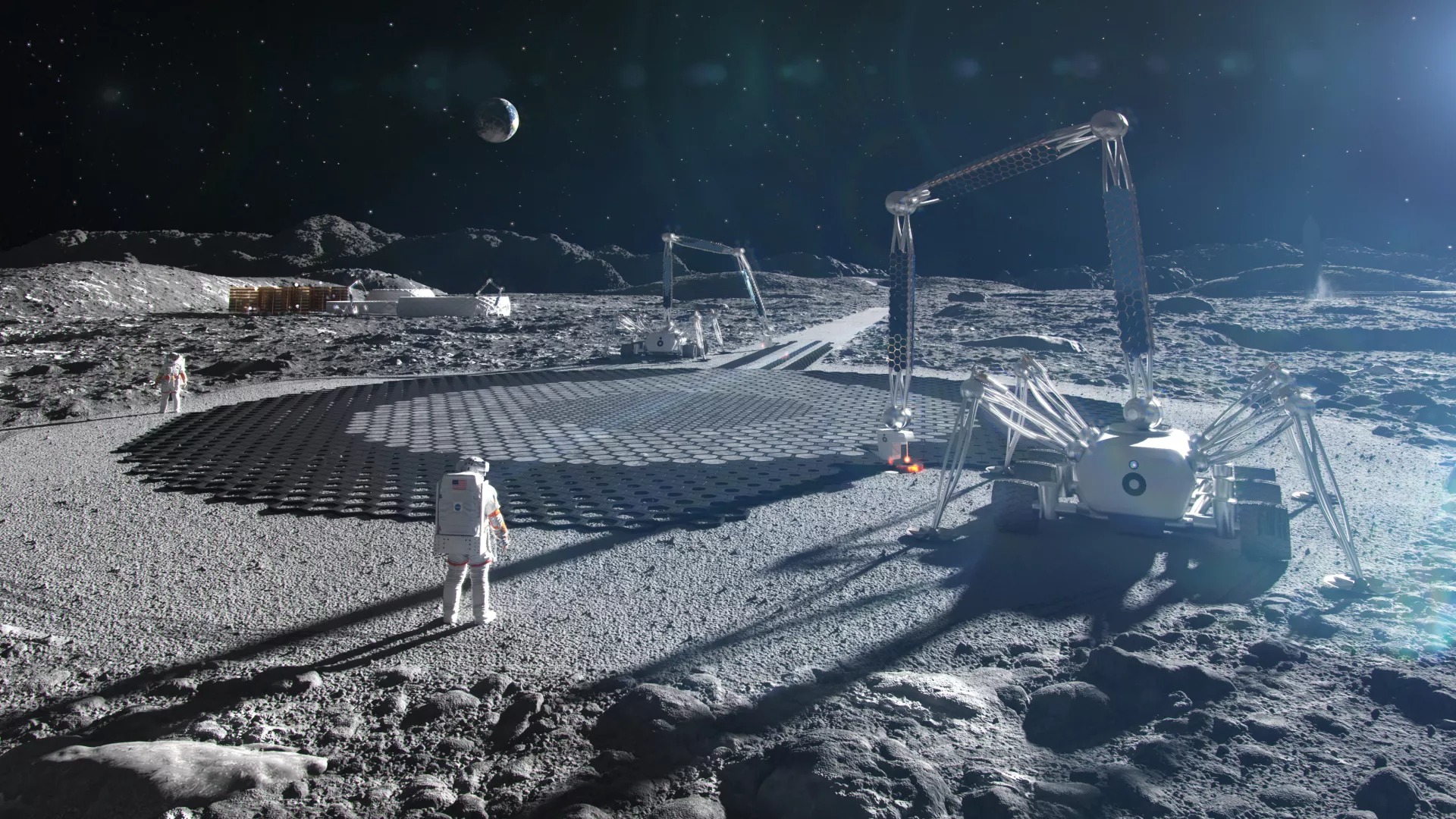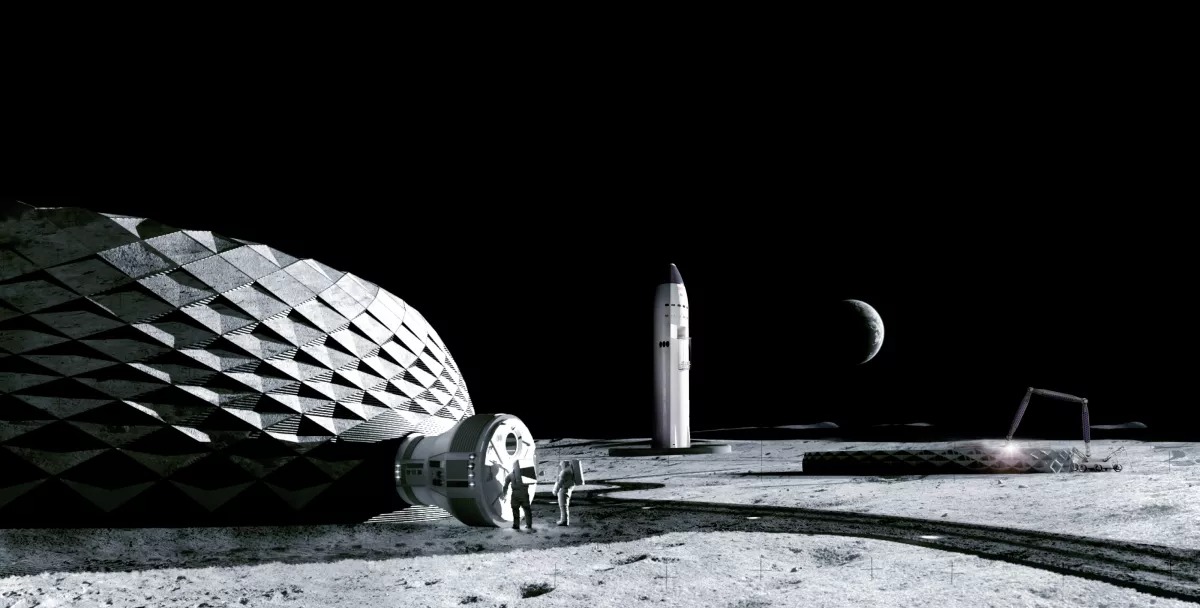The lunar construction system of the Olympus project has just received significant funding. NASA has allocated 57.2 million dollars to the Texas company ICON. The Olympus project of this company will allow humanity in the future to build outposts on the Moon and Mars using soil and rocks.

The company launched the Olympus project in 2020. ICON claims that their technology can help astronauts build critical infrastructure, such as landing pads, roads and housing on the Moon and Mars. ICON has already created a kind of prototype – an imitation of a 3D-printed environment for existence on the Red Planet called Mars Dune Alpha, which NASA will use to prepare astronauts for long-term missions.
Where will the money be spent?
The recently announced NASA contract, granted through the agency’s Small Business Innovation Research program, will help ICON refine its technologies and procedures. The company plans to use the money to find out how lunar soil or regolith behaves under the influence of lunar gravity, using simulated and real samples obtained by the Apollo missions.

NASA’s interest in extraterrestrial construction systems is not a surprise. Thanks to its Artemis program, the space agency plans to create a space base for a long-term human presence on and around the Moon by the end of the 2020s.
ICON is a pioneer in the use of advanced construction technologies on Earth. For example, in 2018, the company built the first fully printed house on a 3D printer. Since that time, the company has built entire communities of such houses in the USA and Mexico.
Earlier we reported on how China confirmed its intention to land people on the Moon.
According to Space
Follow us on Twitter to get the most interesting space news in time
https://twitter.com/ust_magazine
